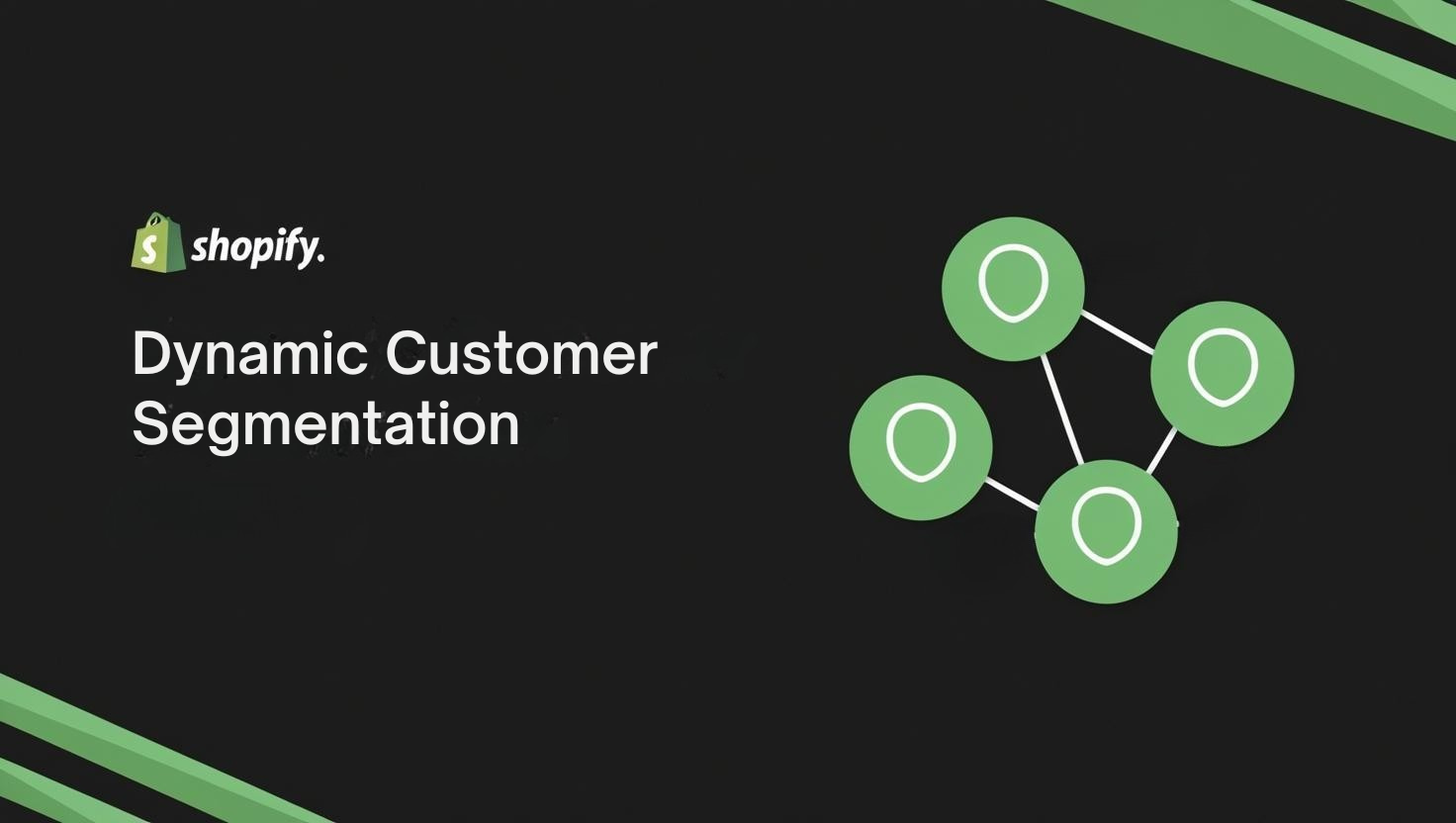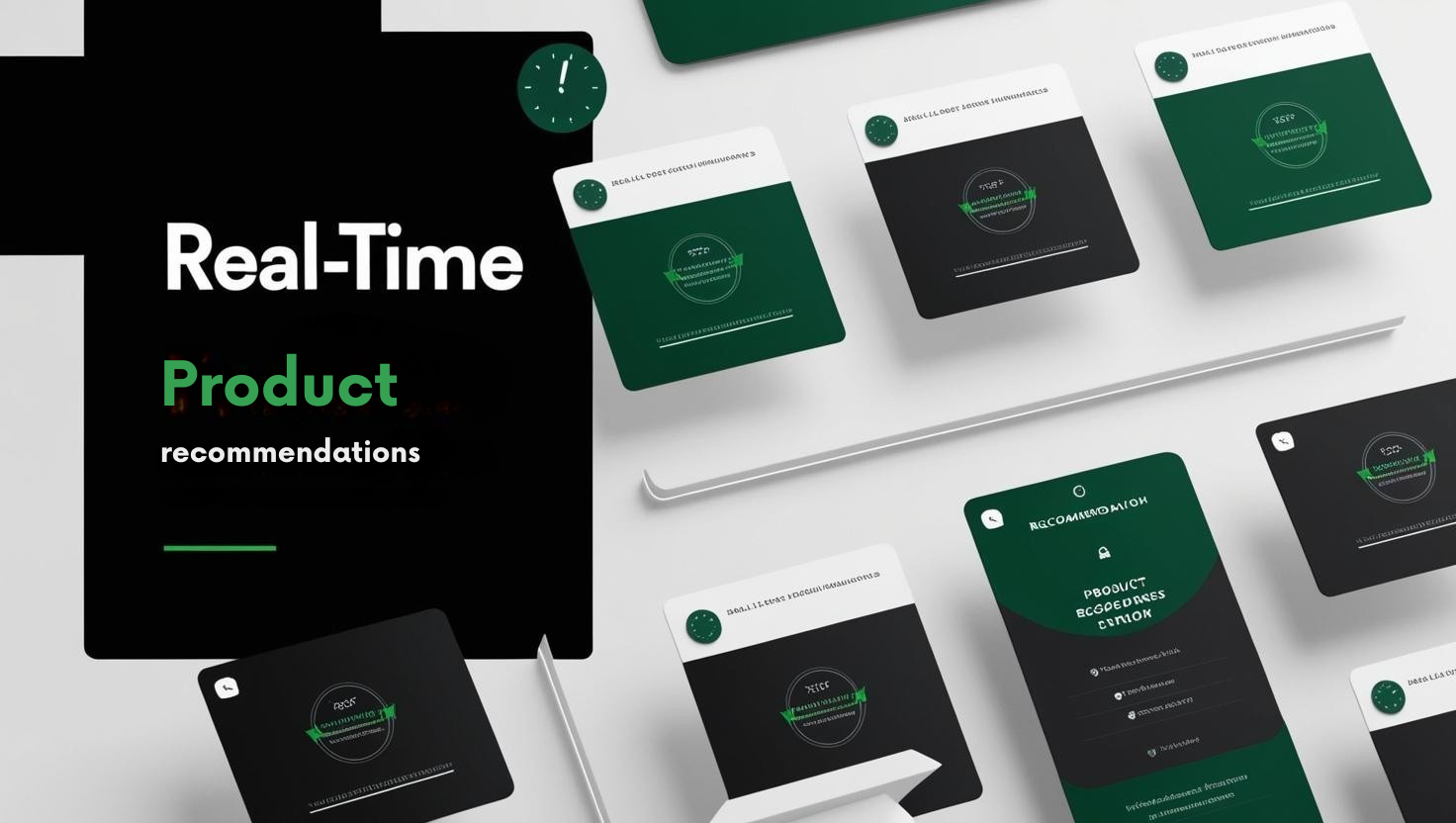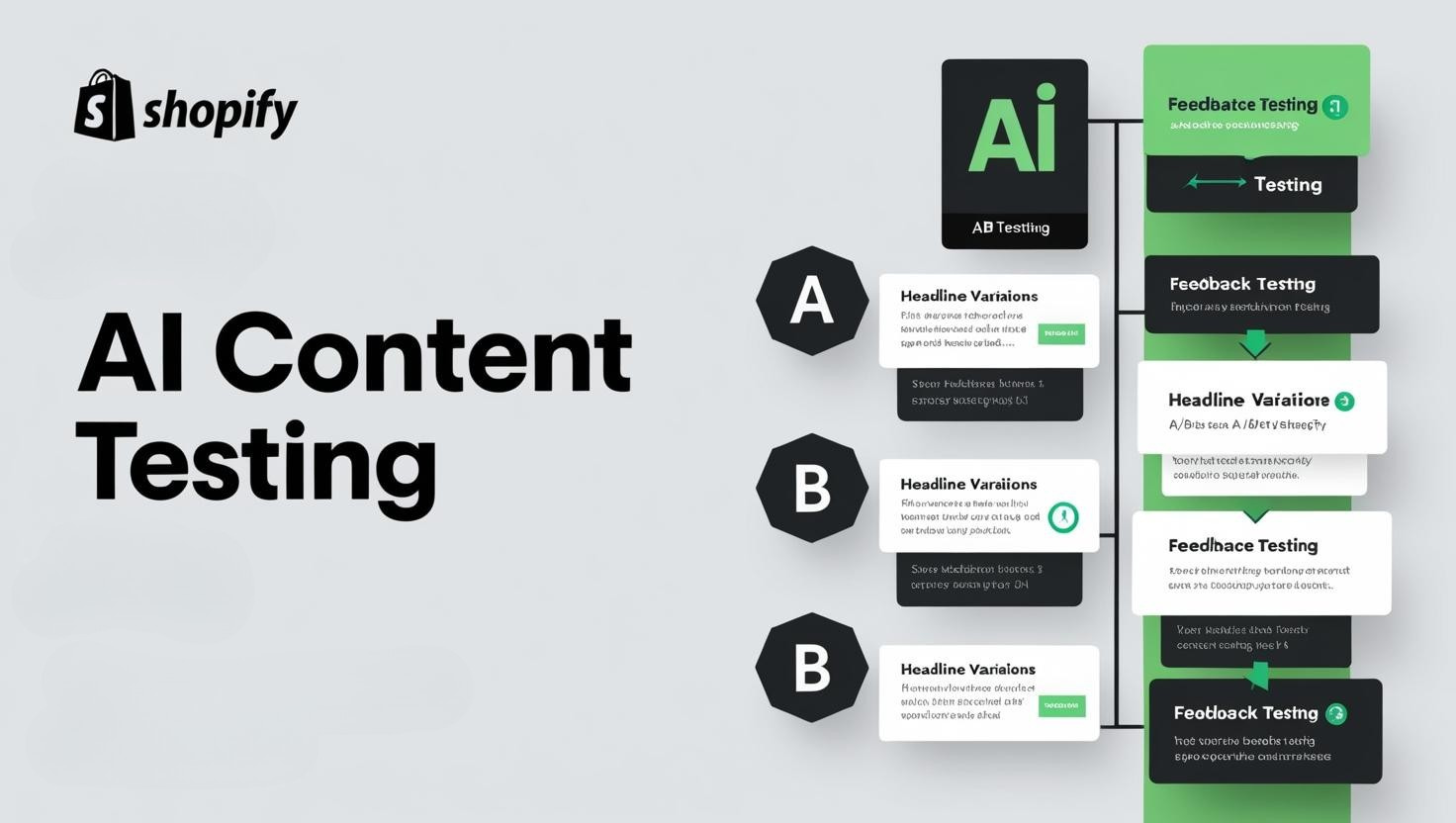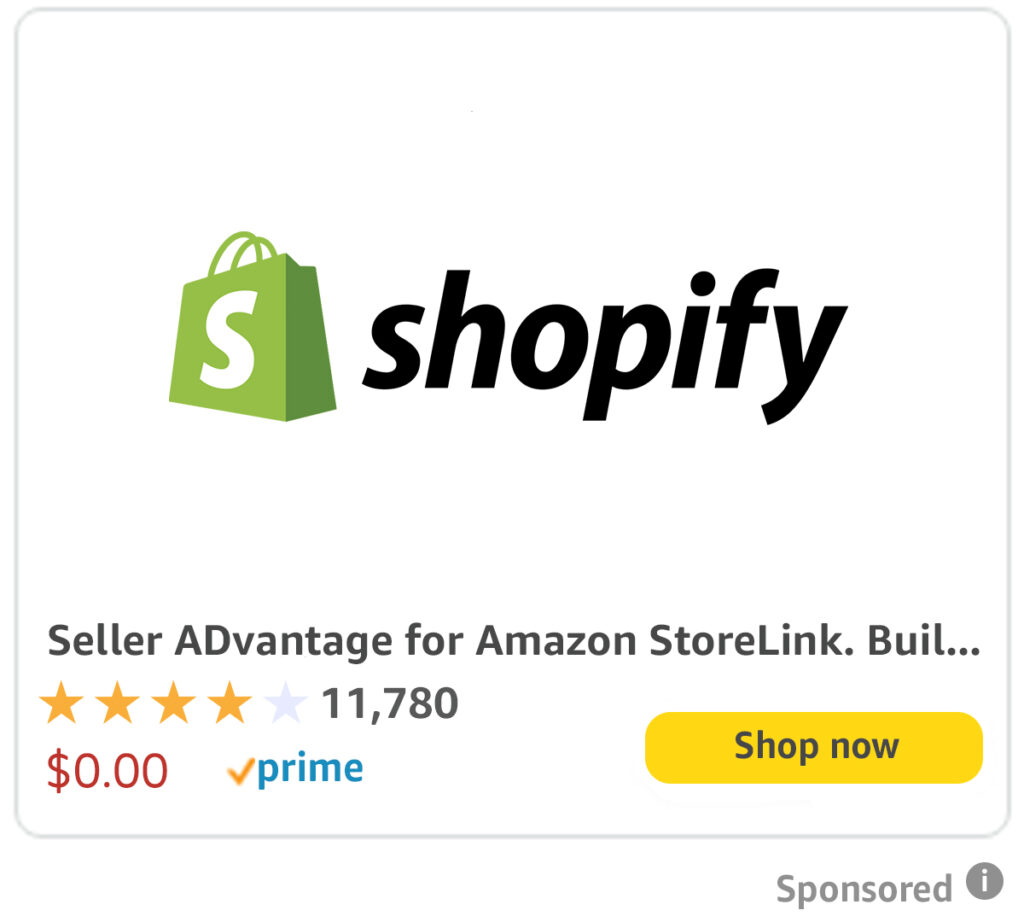Read More
Step-by-Step on SellerADvantage.co.uk
Read on LinkedIn
Read on Medium
Watch on YouTube
Automated Personalization: Boosting Shopify Revenue with AI
In today’s competitive ecommerce ecosystem, standing out requires more than just quality products and competitive pricing. Shoppers expect tailored experiences that reflect their unique preferences, browsing history, and past purchases. Automated personalization leverages artificial intelligence to deliver individualized interactions at scale, transforming generic storefronts into dynamic engagement platforms. By analyzing customer data in real time and applying machine learning algorithms, Shopify merchants can serve bespoke content—product suggestions, customized promotions, and targeted messages—that resonate with each visitor. This level of customization not only enhances user satisfaction but also drives measurable increases in average order value and conversion rates.
Historically, personalization efforts demanded extensive manual segmentation, laborious A/B tests, and time-consuming content management. Retailers would identify broad audience cohorts—such as first-time visitors or repeat buyers—and create separate landing pages or promotions for each segment. While effective to a degree, this approach often struggled to adapt to changing consumer behavior and required significant human oversight. In contrast, AI-powered automation continuously learns from customer interactions, refining its models to deliver ever more accurate recommendations. As visitors engage with the store—browsing categories, adding items to their cart, or reading reviews—the system updates its understanding of individual preferences, ensuring that every touchpoint feels both relevant and timely.
This technical guide explores three critical steps for harnessing automated personalization on your Shopify store. First, we’ll examine how to implement dynamic customer segmentation using AI-driven clustering techniques. Next, we’ll discuss deploying personalized product recommendations through real-time algorithmic engines. Finally, we’ll delve into optimizing on-site messaging and creatives via AI-powered content testing. Each section will offer actionable insights, best practices, and practical examples, equipping you with the knowledge needed to elevate your storefront into a self-optimizing revenue machine. Whether you’re just beginning your personalization journey or seeking to refine existing processes, these strategies will deliver significant gains in engagement, loyalty, and profits.

Key Action Point 1: Implement Dynamic Customer Segmentation
Effective personalization begins with understanding who your customers are and how they behave. Traditional grouping methods rely on static rules—such as segmenting by total spend or geographic region—but fail to capture nuanced patterns in browsing and purchasing. AI-driven clustering techniques, such as k-means or hierarchical clustering, analyze multidimensional data sets including session duration, page views, purchase frequency, and product affinities. By feeding these models with anonymized user data, you can uncover latent segments like “frequent discount shoppers,” “premium product enthusiasts,” or “bundle buyers.” Once these clusters are identified, configure your Shopify theme and marketing apps to serve customized content for each group. For instance, visitors in the “premium product” cluster might see high-end accessories prominently promoted, while “bundle buyers” receive curated package deals. This dynamic segmentation evolves over time, as the AI revisits and reclassifies customers based on their latest interactions, ensuring that your personalization remains relevant and responsive to shifting preferences.

Key Action Point 2: Automate Personalized Product Recommendations
Product recommendations are the cornerstone of revenue acceleration in an AI-powered personalization strategy. Manual placement of “recommended for you” sections or “frequently bought together” blocks can quickly become outdated and lacks the adaptability to individual tastes. Automated recommendation engines leverage collaborative filtering—identifying customers with similar purchase histories—and content-based filtering, which examines product attributes like category, price range, and user-generated tags. Integrate these engines with your Shopify storefront via APIs or embedded widgets that refresh suggestions in real time. When a visitor views a product page, the system dynamically displays the top three to five items with the highest affinity score, whether they are complementary accessories or upgraded models. To maximize uplift, set rules that prioritize recommendations with sufficient inventory and margin thresholds. Additionally, incorporate contextual signals such as time of day, device type, and referral source, allowing the algorithm to tailor suggestions based not only on past behavior but also on the current browsing context. This level of automation reduces manual workload and delivers a seamless shopping experience that feels uniquely crafted for each customer.

Key Action Point 3: Optimize Messaging with AI-Powered Content Testing
Even the most precise segmentation and recommendation strategies can falter if the messaging and creative elements don’t align with customer expectations. AI-driven content testing platforms use natural language generation and multivariate testing frameworks to evaluate headlines, call-to-action (CTA) buttons, image combinations, and promotional copy. Rather than A/B testing two static variants, multivariate systems simultaneously test dozens of permutations, identifying the optimal combination for each user segment. For example, the AI might experiment with different headline lengths—“Save 20% on Your Next Purchase” versus “Exclusive Offer Just for You”—while also adjusting button text and color schemes. These experiments feed back into the machine learning model, which predicts the highest-probability variant for each segment and automatically deploys it on the live site. This continuous optimization loop ensures that your on-site messages resonate with diverse audiences, driving higher click-through rates and deeper engagement. Over time, the system accumulates a wealth of data on content performance, enabling you to refine your brand voice and creative standards at a granular level.
Automated personalization represents a paradigm shift for Shopify merchants, transforming static storefronts into intelligent, adaptive sales channels. By implementing dynamic customer segmentation, automating product recommendations, and optimizing content through AI-driven testing, you create a cohesive ecosystem that continuously learns and improves. This not only enhances the shopping experience but also drives tangible metrics—higher average order values, improved conversion rates, and increased customer lifetime value.
While the initial setup may require collaboration between your marketing, development, and analytics teams, the long-term benefits far outweigh the investment. AI frameworks scale effortlessly, handling millions of personalization checks per day without manual intervention. As your store grows, the system’s predictive power only strengthens, uncovering new opportunities for upsells, cross-sells, and re-engagement campaigns.
In an era where customers expect bespoke interactions at every touchpoint, embracing automated personalization is no longer optional—it’s essential for sustainable growth. The strategies outlined here form a blueprint for harnessing AI to its fullest potential, turning data into action, and action into revenue. Begin your personalization journey today, and watch as your Shopify store evolves into a dynamic platform that delights customers and drives profitability in equal measure.
Any follow helps us out a lot – Thank-You!
If you like this article and want to explore further insights, discuss collaborative opportunities, or simply connect, please feel free to reach out to me on any of the following :
Work With Us
Hire Us on fiverr
Hire Us on upwork
🔴Book a FREE PPC Audit🔴




